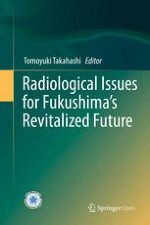8.1 Introduction
8.2 Experimental
8.2.1 Preparation of Aqueous Sodium Metasilicate
8.2.2 Cleaning Method
8.2.3 Radiation Measurement
8.3 Results
8.3.1 Electrical Properties of SMC
8.3.2 Washing the Granule Conglomerate
8.3.3 Washing the Nonwoven Cloth
Washing | Pure water | 1-wt% SMC | 10-wt% SMC | 100-wt% SMC |
|---|---|---|---|---|
First | 0 | 44.5 | 59.5 | 77.5 |
Second | – | 34.5 | 27.5 | 51.4 |
Third | – | 20.6 | – | – |
